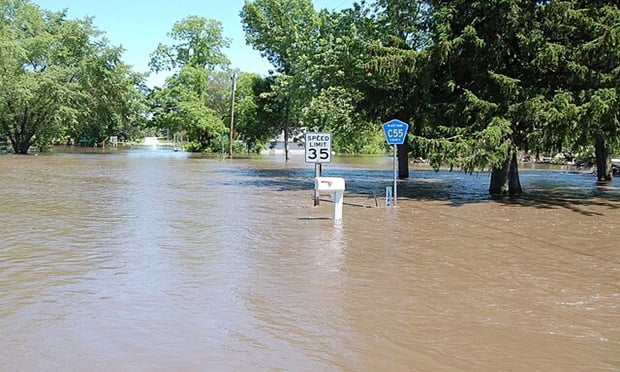Insurance technology is highly complex. Buyers of technology need to be aware of any technology they are acquiring, including its originally intended uses, what applications it will be used for, and how good a fit it is with existing core systems.
From the advent of the earliest insurance systems to modern state-of-the-art application suites, the one constant is that the insurance business has continued to move through financial cycles, business cycles, changes in our culture, demographics, regulations, work processes and products. Many of these changes require the acquisition of new technology or systems.
Related: Insurance needs technology: Here's how to move the needle starting today
In the area of insurance technology, one that stands out is the overall need for technology to be flexible, adaptable and designed for an unknown future. Insurance companies have been engaged in a decades-long quest to retire and replace their legacy systems and applications, and it hasn't been easy. Carriers found that no one really knew the old programming languages, or how the rules that were in the system actually worked. Some firms brought retirees back to work to help on these projects because they held the institutional memory. Some companies "wrapped" their old systems with new applications to extend the life of their legacy system.
Information/data flow improvements
For insurance carriers in the process of automating their systems, it may make sense to consider an application suite that solves more than one need. The key advantage of an application suite is that it is designed to address the business process, or the workflow of a specific business process. For example, today's business process is made up of automating a number of steps, such as entering all information required by underwriting to provide a quote—and if the quote is accepted, moving that information to the policy administration system, where that data can move into the billing system, the commission system, the accounting system and the reporting system. A well-designed application suite allows information/data flow to other applications that make up the overall suite.

(Image: Shutterstock.com)
With distribution management, several distinct business processes require applications to synchronize data to manage the overall process. Distribution begins with agent or advisor recruitment and onboarding—including getting the new agent or agency contracted, vetted for compliance and appointed to write business. Once the onboarding process is complete, that new agent's or advisor's data moves into a different application designed to manage the agent's lifecycle, including compliance. All agent data is available for yet another step in the process: compensation. Each of these steps are performed with a modular application suite that allows a carrier to use some, but not all of the functionality of the overall distribution application. This gives the insurance carrier the flexibility to add a complete application suite from a vendor, or add only one application, and have that plug into other existing applications. This is the essence of "best of breed" application use for insurance companies.
Application suites that aren't
Many major insurance software and technology vendors have, over the years, acquired smaller software companies that had a point solution they could incorporate into their overall system. In addition, many insurance-technology companies have been acquired by investment bankers, and very often, they try to meld several solutions into one package and rebrand it as a new application or suite. The danger of many of these "suites" is that they are a suite in name only, for marketing purposes. Most large software vendors have acquired various systems and applications and have simply put their label or brand on them. These repackaged application clusters never were designed to operate together, and it takes a lot of effort and cost to make them work as a single system.
Related: Beyond big data: Inside the technological evolution of property & casualty insurance
But time marches on, and companies are now at the cliff's edge: They must move out of the legacy environment. The obvious question then is, "With what do I replace the old legacy applications?" The short answer is that there are many applications on the market, including some that are fairly well vetted by analysts and customers, and others that may be more compelling because they address emerging business issues. But the overall issue to consider is the combination of applications that will solve the problem. In many cases, the application suite, especially when modular in design, will deliver better overall long-term benefits than a combination of unrelated applications. The suite life, indeed.
John Sarich is VP of Strategy at VUE Software. He is a senior solutions architect, strategic consultant and business advisor with over 25 years of insurance industry experience. John can be reached at John.Sarich@VUE Software.com.
Want to continue reading?
Become a Free PropertyCasualty360 Digital Reader
Your access to unlimited PropertyCasualty360 content isn’t changing.
Once you are an ALM digital member, you’ll receive:
- Breaking insurance news and analysis, on-site and via our newsletters and custom alerts
- Weekly Insurance Speak podcast featuring exclusive interviews with industry leaders
- Educational webcasts, white papers, and ebooks from industry thought leaders
- Critical converage of the employee benefits and financial advisory markets on our other ALM sites, BenefitsPRO and ThinkAdvisor
Already have an account? Sign In Now
© 2025 ALM Global, LLC, All Rights Reserved. Request academic re-use from www.copyright.com. All other uses, submit a request to [email protected]. For more information visit Asset & Logo Licensing.








